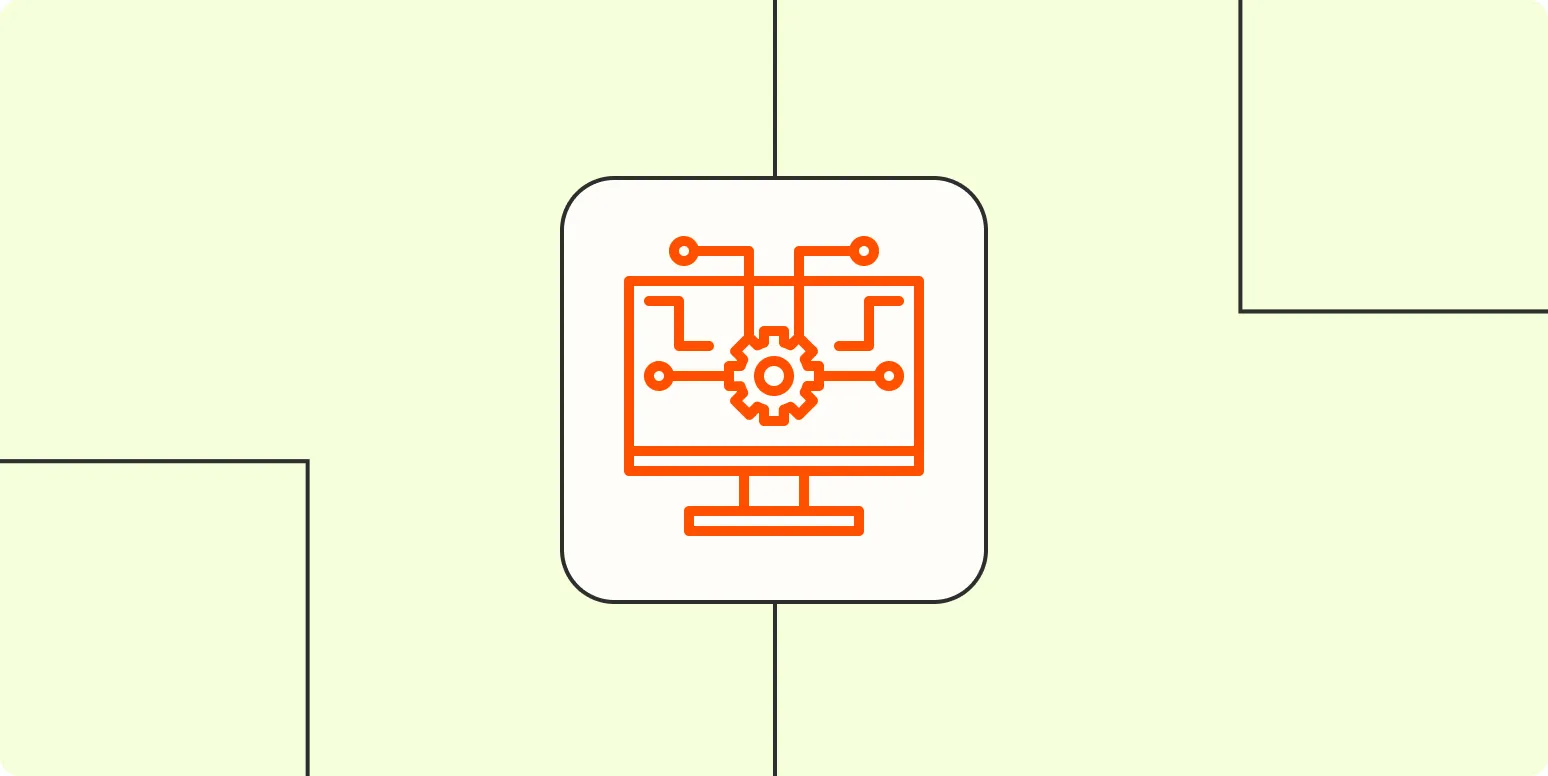Understanding AIOps
Artificial Intelligence for IT Operations, commonly known as ''AIOps'', leverages machine learning and data analytics to enhance IT operations. This innovative approach combines large sets of data from various sources to provide insights that can lead to improved decision-making and operational efficiency. AIOps is designed to automate and optimize IT operations, making it essential for modern businesses that rely heavily on technology.
Key Components of AIOps
AIOps encompasses several components that work together to improve IT functionality:
| Component | Description |
|---|---|
| Data Collection | Gathering data from various sources, including logs, metrics, and events. |
| Machine Learning | Utilizing algorithms to analyze data and identify patterns. |
| Automation | Implementing automated responses to common issues or alerts. |
| Collaboration | Facilitating communication between DevOps and IT teams to streamline operations. |
Benefits of AIOps
Implementing AIOps can offer numerous advantages for organizations, including:
- Enhanced Efficiency: By automating routine tasks, AIOps frees up IT staff to focus on more strategic initiatives.
- Proactive Issue Resolution: AIOps can predict potential problems before they escalate, reducing downtime.
- Improved Decision-Making: With comprehensive data analysis, organizations can make informed decisions quickly.
- Cost Reduction: AIOps can help reduce operational costs by streamlining processes and reducing manual labor.
How to Implement AIOps
To adopt AIOps effectively, organizations should follow these steps:
- Assess Your Current IT Environment: Understand existing tools, processes, and pain points that AIOps can address.
- Select the Right AIOps Tools: Choose AIOps platforms that align with your organizational needs and integrate seamlessly with your current infrastructure.
- Start Small: Begin with a pilot project to test the AIOps solution in a controlled environment before full-scale implementation.
- Train Your Team: Invest in training for your IT staff to ensure they are equipped to utilize AIOps tools effectively.
- Monitor and Optimize: Continuously evaluate the performance of AIOps solutions and make adjustments as necessary to maximize benefits.
Real-World Applications of AIOps
AIOps is not just a theoretical concept; it has practical applications across various industries. Here are some examples:
- Financial Services: Banks and financial institutions use AIOps to monitor transactions in real time, detect fraud, and ensure regulatory compliance.
- Healthcare: AIOps helps healthcare providers manage IT systems more effectively, ensuring patient data is secure and accessible.
- Retail: Retailers utilize AIOps to analyze customer behavior, optimize inventory, and enhance supply chain management.
The Future of AIOps
As technology continues to evolve, the role of AIOps will likely expand. Future trends may include:
- Increased Integration with Cloud Services: As more businesses migrate to cloud infrastructures, AIOps will play a crucial role in managing these environments.
- Greater Emphasis on Security: With cyber threats on the rise, AIOps will be essential in identifying and mitigating security risks in real-time.
- Enhanced Predictive Analytics: Future advancements in machine learning will enhance AIOps capabilities in predicting and resolving issues before they affect operations.
Conclusion
AIOps is revolutionizing the way organizations approach IT operations. By integrating artificial intelligence with traditional IT processes, businesses can achieve unprecedented levels of efficiency and effectiveness. As the digital landscape continues to evolve, adopting AIOps will be critical for organizations looking to remain competitive in the marketplace. By understanding what AIOps is and how it can be implemented, businesses can leverage this powerful tool to drive innovation and success.





